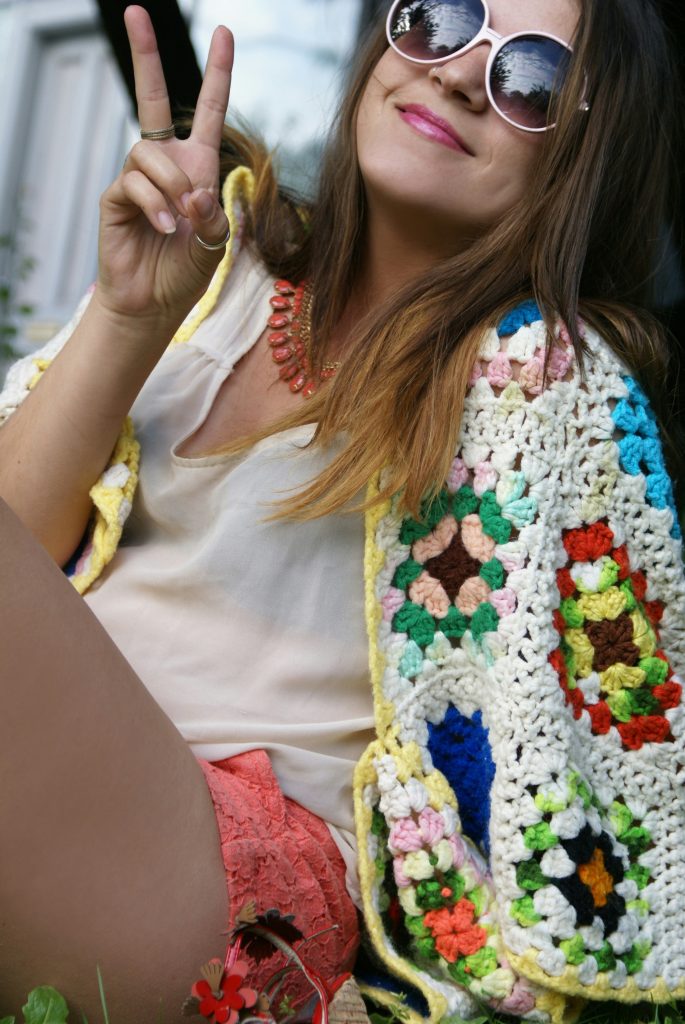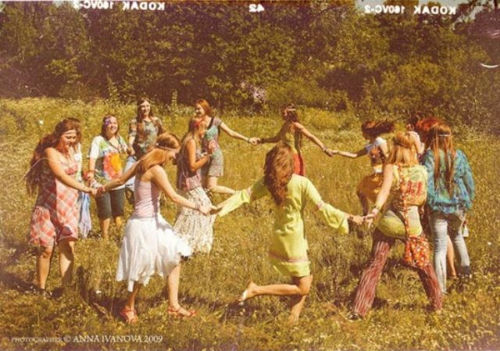
The Elephant as a Symbol of Hippie Culture- why this particular animal?
I recently started wondering about why the elephant is such a prevalent symbol of Hippie culture. How did this come to be? Was there more to it than just an aesthetic choice that clearly has stood the test of time? And if so, what was its cultural significance?
The Elephant as a Symbol of Wisdom
In Eastern cultures, particularly in Hinduism and Buddhism, the elephant is revered as a symbol of wisdom and strength. Throughout history, this gentle giant has symbolized qualities of patience, intelligence, and an understanding of the intricate rhythms of life. For hippies, the elephant became an emblem of embracing wisdom in the journey towards self-discovery and enlightenment.
Connection to Nature
The prevalence of the elephant symbol was more than just an aesthetic choice for the hippie counterculture movement—it embodied a profound connection to nature, spirituality, and the collective desire for freedom.
Hippie culture was, and still is, deeply rooted in a reverence for nature. The intricate designs of elephants often found in bohemian fashion, be it on flowing skirts or tapestries, serve as a reminder of the interconnectedness between humans and the earth. This connection to nature aligns with the movement’s ethos of sustainability and harmony with the environment.
The Elephant as a Symbol of Good Luck and Prosperity
Many cultures view the elephant as a harbinger of good fortune and prosperity. Throughout history, the upward-pointing trunk is seen as a symbol of good luck, making it a popular theme in hippie clothing and accessories. Wearing or displaying the elephant symbol is believed to invite positive energy and blessings, fostering an optimistic and hopeful outlook.
Freedom and Nonconformity
The elephant’s untamed spirit resonates with the hippie ideals of freedom and nonconformity. The hippie movement, born out of a desire to break away from societal norms, found kinship in the image of an elephant roaming freely, unburdened by constraints. The elephant symbolizes the pursuit of one’s own path and the rejection of a confined, conventional existence.
Global Harmony and Unity
Elephants are found in diverse cultures worldwide, making them a symbol that transcends geographical boundaries. In hippie circles, the elephant became a representation of global harmony and unity—a shared language that connects people across cultures and continents.
In Conclusion
In the vibrant tapestry of hippie and bohemian culture, the elephant emerges as a majestic and versatile symbol. Beyond its aesthetic allure, the elephant embodies wisdom, a connection to nature, good fortune, freedom, and a universal language of unity. As a prevailing motif in fashion, art, and accessories, the elephant symbolizes the shared values and aspirations of a counterculture that continues to celebrate the beauty of individuality, spiritual exploration, and a harmonious coexistence with the world around us.
Inspired to wear some elephant inspired items? Have a look here:




